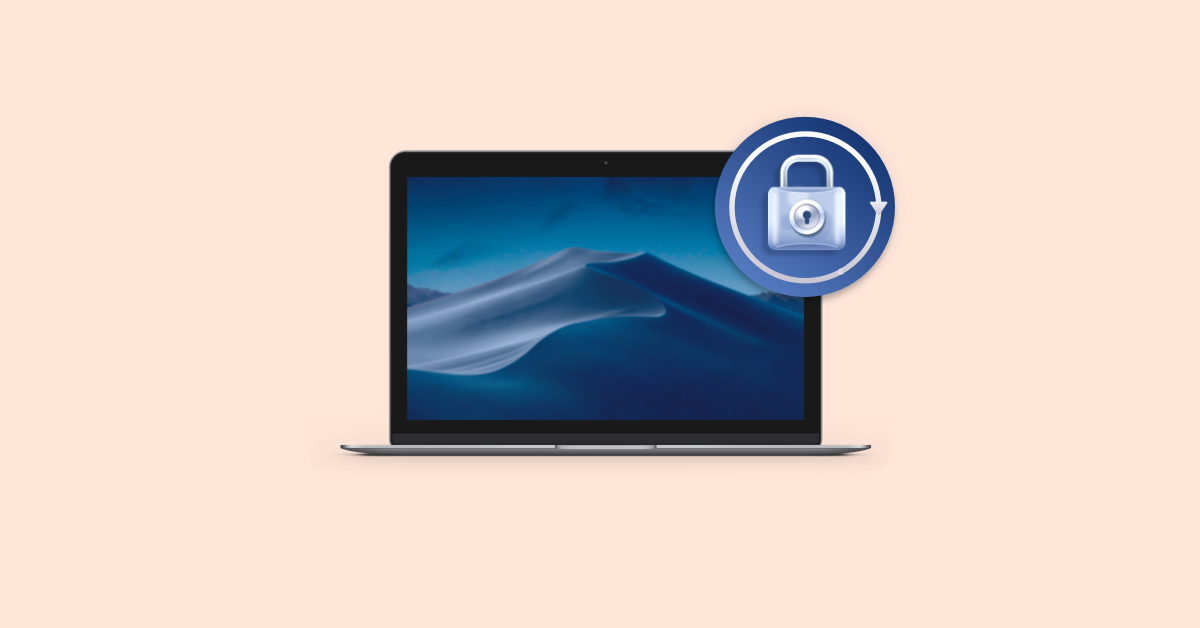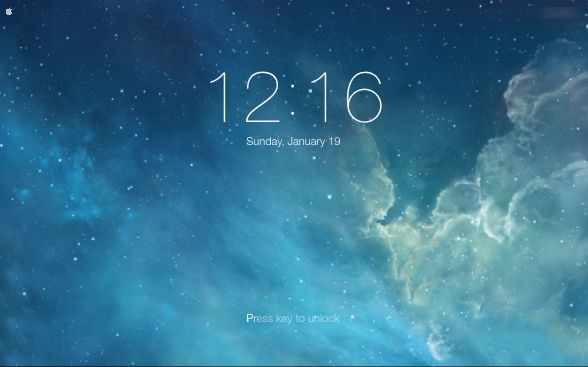

LaunchBar, you could even create a keyboard shortcut that will open the program for you, no mousing around required.Īnother method of locking your system is to show the login window, without actually logging out. If you have a launcher program such as Peter Maurer’s The dock will prove the easiest spot to reach, since it’s visible in all applications. Now when you want the screensaver to activate, just click the convenient icon. Just navigate to System -> Library -> Frameworks -> amework -> Versions -> A -> Resources, and then drag ScreenSaverEngine.app onto your dock, sidebar, or toolbar. It turns out that the screen saver is just an application, so you can put an alias to it in an easy-to-access location, such as your dock, or the Finder’s sidebar or toolbar. If you have the corners of your screen devoted to Exposé or some other feature, here’s another option. Now when it’s time to walk away, just fling your mouse into that corner of the screen, and you’ll trigger the screen saver. Decide which corner of your screen you’d like to use, then click the corresponding pop-up menu and select Start Screen Saver. To do this, open the Desktop & Screen Saver System Preferences panel, activate the Screen Saver tab, and click the Hot Corners button. In those cases, this isn’t the ideal solution.Ī relatively quick method of locking your Mac-while still leaving your programs running-is to activate the screen saver using a You may also have remote users connected to the machine, or some lengthy program running that you’d rather not interrupt.

(Note: This is an edit from the originally posted version, where I said to hold the power button down if you do that long enough, you’ll turn the computer off.) Of course, it takes a bit of time to put a Mac to sleep and to wake it up. Go to the Apple menu and select Sleep or, if you’re using a laptop, press the power button and choose Sleep from the pop-up dialog. You could also put the computer to sleep.


 0 kommentar(er)
0 kommentar(er)
